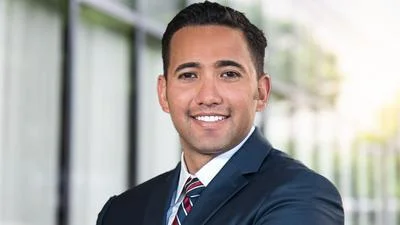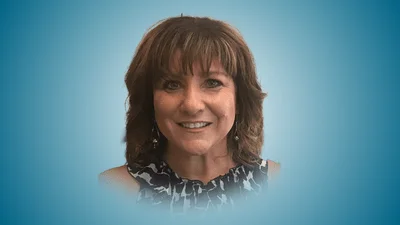The University of New Mexico Hospital continues to serve as the largest teaching hospital in the state, providing medical students, residents, and fellows with practical training alongside experienced staff. The UNM School of Medicine’s Graduate Medical Education (GME) office has seen growth since 2019, increasing from 610 to 776 residents and fellows.
Lanier Lopez, MD, Associate Dean for Graduate Medical Education at the UNM School of Medicine, highlighted the importance of residency programs for building New Mexico’s healthcare workforce. “Residency is essential for growing our healthcare workforce,” Lopez said. “During their training, residents and fellows are immersed in our patient population and the unique healthcare challenges of our state. While they’re here, they build relationships, develop a deep understanding of local needs, and often choose to stay and practice in New Mexico after completing their training.”
Lopez noted that the Office of GME has added specialty residencies to address gaps in care across the state. “Our ophthalmology residency program was accredited three years ago, and we welcomed our first cohort of residents two years ago,” Lopez said. “This marks a significant step forward for the state, which continues to face a critical shortage of ophthalmologists. Not only does this program help address that gap, but it also creates a valuable pathway to recruit and retain eye care specialists who are committed to serving communities across New Mexico.”
He acknowledged that residency can be demanding regardless of specialty. “It's not an easy job,” Lopez said. “Our residents are deeply committed. They’re not just here to train – they’re here to make a difference and improve health care.”
Josh Marquez, MD, a recent graduate from the UNM School of Medicine now beginning his seven-year neurosurgery residency at UNM Hospital, described how personal connections influenced his decision to remain in New Mexico for his training. He recalled discovering his passion for neurosurgery during medical school: “In medical school, the attending told me, ‘Hey, come to the operating room’. And that was one of the first times I saw a part of the brain on a specific surgical approach they were doing for a tumor. That was the moment when I knew that was exactly what I wanted to do.”
Marquez grew up in Las Cruces and completed both undergraduate and graduate studies at UNM before entering medical school there as well. He received invitations from about 20 other programs nationwide but chose UNM due largely to family ties and support systems available locally—an important consideration given long working hours required by such specialties.
“Neurosurgery itself is extremely competitive,” Marquez said. “There are only about 268 spots in the country, and there's about 500 applicants a year, so the match rate is very low. Getting a position is like a flip of a coin to an extent.” He added that being able to remain close with family became even more significant after becoming a parent: “I don’t want to miss any moment with my daughter, and having the support and help from family gives me more time with her.”
Marquez also emphasized advantages related specifically toward professional development within familiar settings: attendings already know him personally; trust can be established more easily; he feels better positioned both as learner/practitioner within his home community.
He underscored broader benefits such residency opportunities bring statewide: “Having residents in New Mexico is a huge thing for the state,” Marquez said. “We're the only residency program and the only academic center in New Mexico and I think it is important to grow to have more residents and programs like mine to offer, not just for research and moving medicine forward, but also for patient care in the Southwest.”
Looking ahead at seven years remaining within this rigorous path—balancing clinical work with raising his young family—Marquez expressed optimism about prospects if current investments continue: “With the right people investing in UNM and the program, the care of New Mexico and its surrounding states can only continue to get better,” Marquez said.









